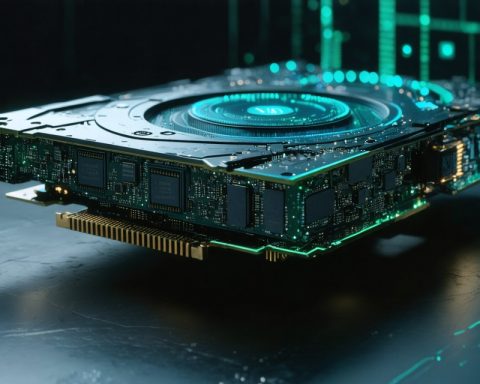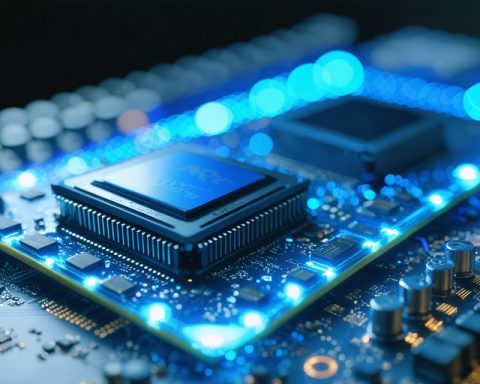Revolutionizing Mobile Technology
The world of smartphones could be on the cusp of a seismic shift with the emergence of a new player in the high-stakes mobile processor market—AMD’s “Cours” chips. For years, AMD, a renowned name in the desktop and laptop segment, has been teasing the possibility of bringing its prowess to the mobile sphere. With the introduction of “Cours,” AMD could not only disrupt current industry norms but also redefine performance expectations.
Power and Efficiency
The “Cours” architecture is designed to bridge the gap between high-performance computing and energy efficiency. Built on cutting-edge 5nm technology, these chips promise to deliver unprecedented computational capabilities while optimizing power consumption. This means users may soon enjoy lightning-fast applications, seamless multitasking, and extended battery life—all in the palm of their hands.
Impact on Device Manufacturers
Smartphone companies are showing keen interest in integrating “Cours” chips into future flagship models. By doing so, these devices could rival the performance levels of many PCs, benefiting both gaming enthusiasts and professionals who rely on mobile technology for demanding tasks. Additionally, if AMD succeeds in creating a cost-effective solution, this could potentially drive down smartphone prices.
The Future Beckons
While “Cours” chips are yet to be officially launched, the buzz within industry circles is palpable. With AMD having a successful track record of challenging established norms, the entry of “Cours” into the smartphone market could herald a new era of innovation in mobile technology. All eyes will be on AMD to see if it can deliver on its promise and forever alter the landscape of mobile computing.
The Hidden Impacts of AMD’s “Cours” Chips on Planet and People
The advent of AMD’s “Cours” chips in the mobile processor arena is not just about redefining technical benchmarks; it carries significant implications for societies and the environment. While the promise of high performance and energy efficiency captures headlines, the ripple effects of this technology run deeper.
Environmental Considerations
The production of “Cours” chips at the 5nm scale suggests a minimized ecological footprint compared to older, less efficient processes. However, tech experts raise questions: Will this innovation drive demand for more devices, exacerbating electronic waste challenges? Responsible recycling techniques will be crucial in managing increased device turnover. The tech world must ponder: Does the potential energy savings balance out the increased consumption of raw materials?
Societal Impacts
The potential affordability of AMD-powered smartphones could democratize access to high-end technology, bridging digital divides in underserved regions. This democratization raises another question: How can communities harness such technology for social advancement? The affordability factor offers a path for economic opportunities, enabling small entrepreneurs to leverage mobile platforms for business.
Market Dynamics and Consumer Choices
Controversies may emerge in longstanding alliances as device manufacturers possibly choose between existing partnerships and new, economically enticing options from AMD. Will consumers, especially those loyal to established brands, readily adopt products featuring “Cours” technology? The decision could come down to brand reputation versus cutting-edge innovation.
The landscape of mobile technology is poised to change, but its future will hinge on leveraging technological advancements responsibly and equitably. For more on semiconductor advancements, visit AMD and Intel.


















